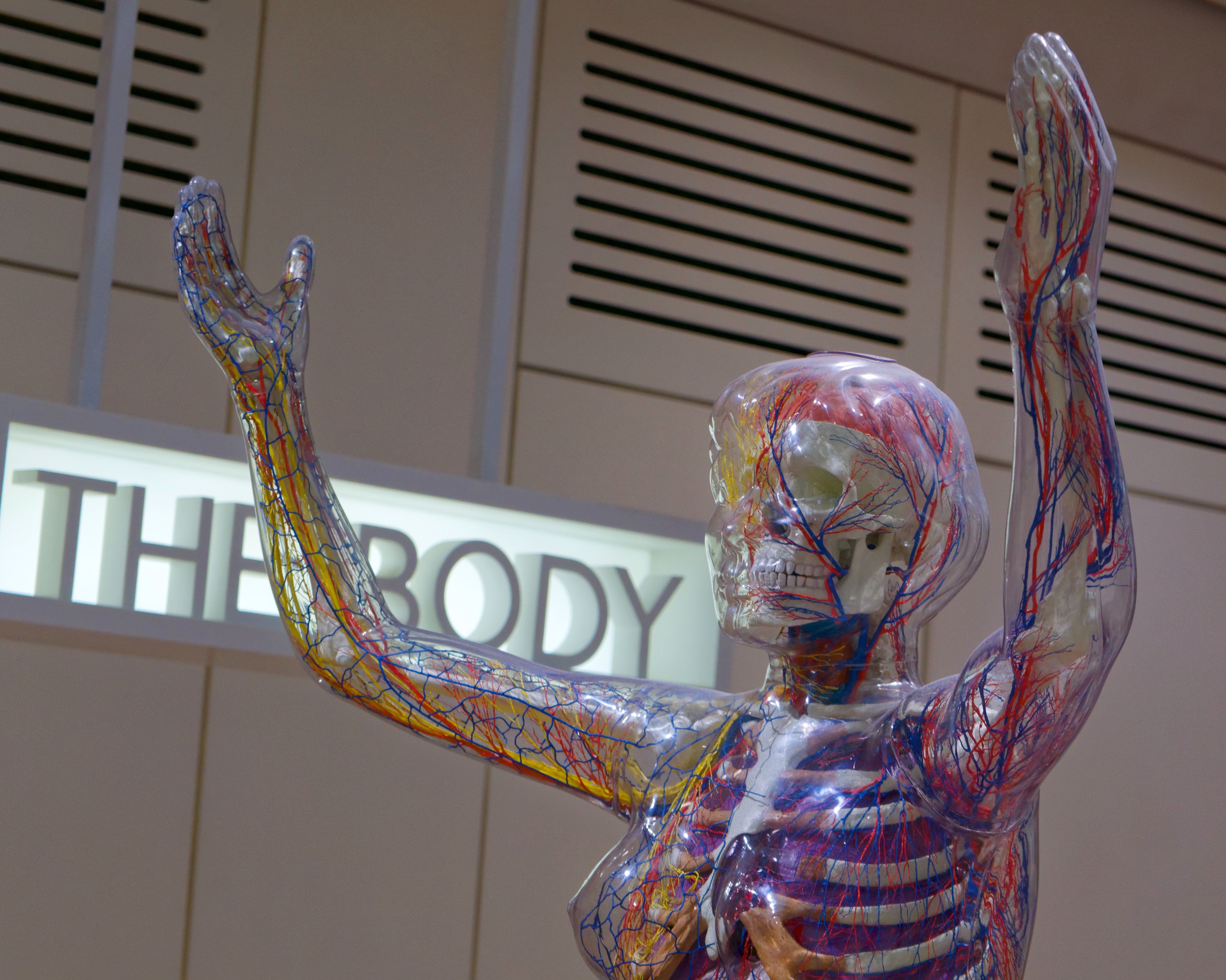Discovery of new form of DNA gives insight into how cells use our genes
In a new study published in the renowned journal, Nature, scientists in Australia have shown that a newly discovered form of DNA, forming structures called the i-motifs, exists within human cells. Scientists have known about the existence of this form of DNA for a while and have been able to demonstrate its existence in laboratories, but, until now, nobody had shown that it exists within human cells, or ‘in-vivo’.
DNA, or deoxyribonucleic acid, is the molecule that all living things use to store information they need to live, grow, and reproduce. The molecule is in the shape of a double helix, meaning that it resembles a kind of twisted ladder, and is comprised of four so-called ‘bases’, namely adenine, guanine, cytosine and thymine, or A, G, C, and T. Links between these bases form the rungs of the ladder, and the sequence of these bases in DNA determines what the DNA says. Some DNA is used to encode genes, which control the physical aspects of the organism, and some DNA is regulatory, meaning that it plays a role in controlling how cells use these genes.
The molecule is in the shape of a double helix, meaning that it resembles a kind of twisted ladder
Usually in DNA, A pairs with T, and C pairs with G to form the rungs. However, i-motifs are special, because they do not adhere to this pattern. In i-motifs, C binds to other Cs, and interrupts the regular structure of DNA, forming a rectangular knot in the helix, changing its usual shape. This has many implications as to how the cell interacts with its DNA.
In order to show that these i-motifs exist within living cells, the researchers used a technique involving modified antibodies; these are molecules that help your body fight off disease by recognising specific chemical patterns usually found on pathogens. Special antibodies were produced that seek out i-motifs in DNA and stick to them. The antibodies had fluorescent dyes attached to them so that they could be seen under a microscope when they huddled around i-motifs. This is similar to how a conventional home pregnancy test works, but with a different target for the antibodies.
Special antibodies were produced that seek out i-motifs in DNA and stick to them
The scientists applied these antibodies to human cells, and then observed them under the microscope. What they saw was green spots appearing within the nucleus of the cells temporarily, and then disappearing again. This meant that not only were the i-motifs present within the DNA of the cells, but they were also continuously forming and then dissolving over time. This allowed the scientists to uncover more information about their role within human cells.
Before this research, not much was known about the function of these i-motifs. However, the transiency of the i-motifs shown in the study suggests that the role they play within the cell is a regulatory one, meaning that they may be able to switch genes on and off when they are needed, or perhaps control how much the cell is able to use a particular gene. Their temporary nature may also suggest why their presence within human cells has previously eluded scientists.
Not only were the i-motifs present within the DNA of the cells, but they were also continuously forming and then dissolving over time
The discovery of a new form of DNA is significant and may potentially have implications in the effort to combat disease and ill health. Many human diseases are thought to involve some sort of gene regulation activity, and this research may help improve our understanding of such diseases and may even provide an opportunity to develop treatments for them.
This exciting new research has paved the way for further studies into the exact function of i-motifs, and how they contribute to the amazingly complex, and increasingly well understood mechanisms that underlie the existence of human-kind.

Comments